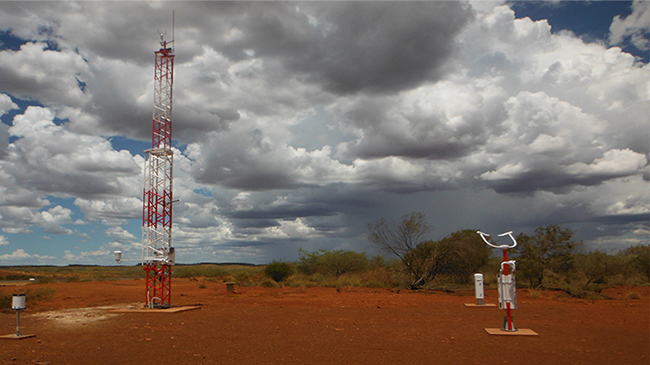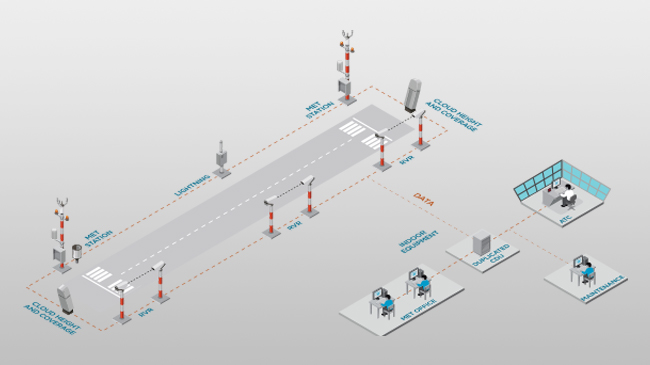Home / Products / Meteorology / AWOS
AWOS
Overview
The AviMet AWOS (automated weather observing system) helps pilots and other aviation personnel make critical decisions with continuous, real-time reports on airport weather conditions. In addition to basic weather observations, AviMet AWOS can be customized to detect:
- Lightning
- Runway surface condition
- Windshear
- Other severe weather phenomena
- Central Data Unit with duplicated computers
- Communications equipment
- User workstations
- Remote control and maintenance workstations
- Digital displays
- Printers for data and alarms
- Field sensors, associated power and signal cabling, and installation accessories
- UPS for critical system components
- All critical functions of the system can be duplicated to ensure uninterrupted flow of data.
The system is fully compliant with ICAO and WMO requirements up to CAT III, CAR120 requirements, and it supports their defined reports. For more than 40 years, Vaisala has provided aviation weather and runway management solutions that deliver safety and excellence through high performance, ease of use, and reduced operative costs.
A minimum installation of Vaisala’s AviMet AWOS (automated weather observing system) consists of sensors, communications equipment, and a single computer Central Data Unit (CDU), which also works as a workstation and runs the end-user applications. The minimum system can be expanded without any limits to the system size.
Components of a typical AWOS for aviation weather and runway management:


Life is like riding bicycle. To keep your balance, you must keep moving.


